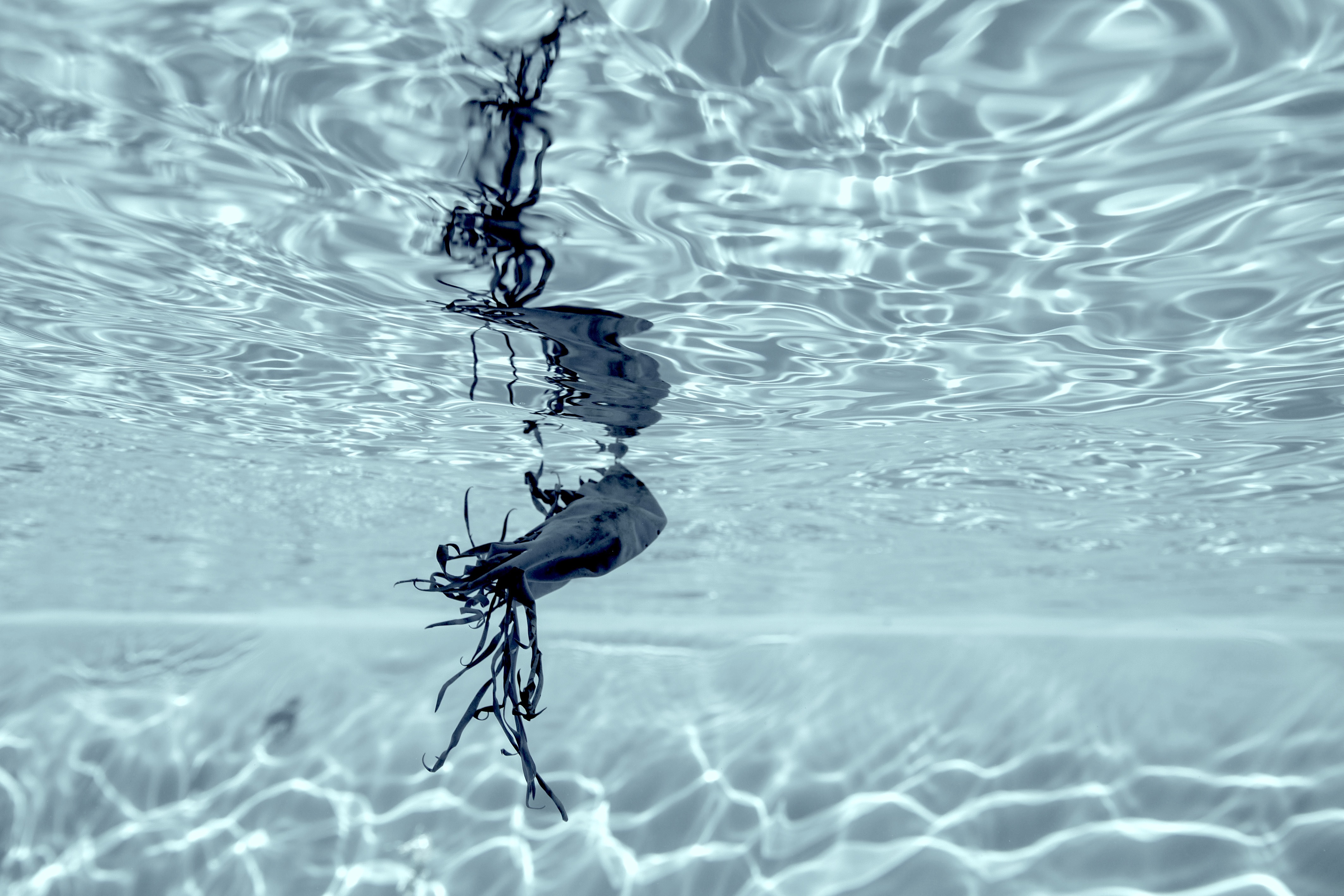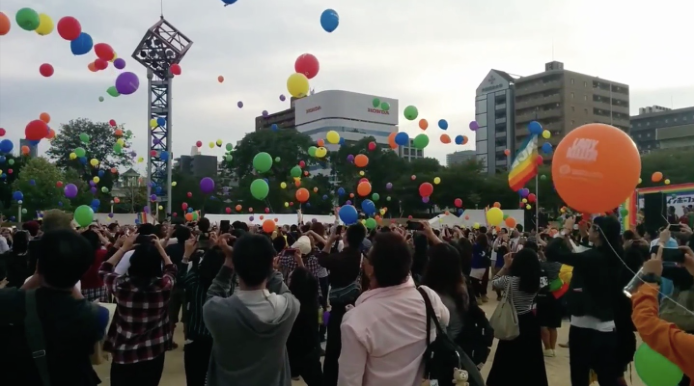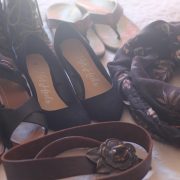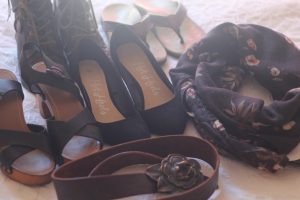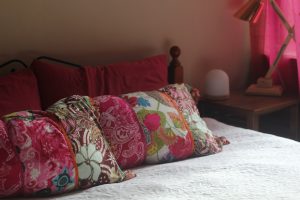Braving death by blood suckers at Minyon Falls
To anyone in SE Queensland or Northern New South Wales, the Minyon Falls hike is just awesome. One of my closest friends in the whole world, Stacey, is visiting from LA and I took her down to Byron for a night. We woke up yesterday morning, swam a bit at Wategos, and and then off to Minyon Falls. I had only ever made it to the falls once before and I canyoned in from the picnic area straight to the falls. The actual hike that you are meant to do to get there is way more intense. I had no idea what we were getting ourselves into when we got started and we  didn’t crawl back to the car until the sun was starting to make its descent.
didn’t crawl back to the car until the sun was starting to make its descent.
It’s fairly straight forward until you reach a stream which on a day like yesterday
was more of a small river because it had been raining. A man had ‘mansplained’ to us when we were 20 minutes from that point that we would need to head back after we reached the stream because it was going to get dark very fast. I said “oh ok, we’ll just have a quick swim and head back”. He said “oh you won’t be swimming .. its just a little water and some rocks”. I said “really? when I have come before there was a waterfall and a huge pool of water”. I could see in his eye when we said that that despite the fact we were two women and a small child, we weren’t idiots and had made it this far in the past. He started backing back his words and
saying “oh, well I’m not sure if that is where the hike is meant to end but that’s what’s down there”. Ok sir, thanks for the info. We said our thank you’s for the info and pressed on.
When we finally got to the stream we found a girl about our age standing there waiting for her friends to return
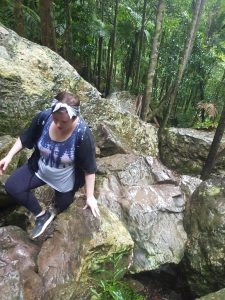
Stacey meandering through the rocks – I didn’t manage to get any photos of the more insane points while the rain was coming down
who had been brave enough to cross to the other side where the trail continues (to the mansplainer’s unawareness). She wasn’t game to do it and considering I am six months pregnant and had a toddler strapped to my back Stacey was thinking we probably shouldn’t bother either but I could see that if we were just willing to get our feet wet and walk through the water rather than chancing the slick, wet rocks on top it’d be fine. She begrudgingly followed me in this escapade (not the first time I’ve led her on some insane trail .. last time she ended up hip deep in snow). The trail lead to a series of large boulders we had to climb. At one point we squeezed between the crevice in two large boulders and then realised there was an arrow pointing in the opposite direction. I didn’t bother showing Stacey the very large spider that I discovered on the way out again that was pressed against the interior of one of the boulders her head had just come inches from – or even centimetres, had I been measuring. At this point it was raining quite heavily and I was really considering whether or not I was doing a very stupid thing, coming here with a young child. Luckily we were only feeling the brunt of the rain when in the steam but back under the cover of trees again, it wasn’t too bad although still breaking through the canopy in large, heavy drops. I grabbed a small sarong that was in Stacey’s bag to put over my baby carrier to keep Alice a little more comfortable.

I was so proud of my little nature babe. I also really recommend the Ergo Sport baby carrier for adventuring with a baby or toddler!
Finally, we made it over the rocks and down to the falls. What an amazing site it was. Alice has hunkered down under the sarong and fallen asleep after eating a few pieces of our packed leftover pasta dinner and a banana so I wasn’t going to worry about swimming. Swimming under a waterfall was a bucket list item for Stacey, though, and something she had never done so I encouraged her to go. Upon reaching the water’s edge, she discovered three rather large eels and decided that she could still tick the experience off her bucket list without sharing her swimming quarters with a collection of hungry freshwater predators (she knew she wasn’t in any real danger but the ick factor with eels is legit). We then both started discovering we were covered in leaches. Oh. My. God. Most of them we caught when they had recently latched on, still just the thickness of a thin nail. They were sticky and latched on like experienced breastfed babies but we were able to flick them away. The icing on the cake moment, though, was on the drive home when we were about 5 minutes from my house and I felt something the texture of a large slug hit the side of my foot and fall off. I knew exactly what it was but was hoping it was just my imagination. After nervously driving the rest of the way home and pulling into the driveway, I very nervously checked the foot pad under my feet and discovered a huge, black slug-like creature flipping around and a couple of small pools of blood.

The one that fell off, engorged, in the car was probably 5 times the size 😮
After having a minor heart attack and flipping it off the edge of our yard I went inside and found ANOTHER one  on the outside of my sock on the other foot. I used the garden hose to flick off that one (and it really was stuck on there good) and then proceeded to have a shower and writhe in disgust for about an hour, horrified at the sense of violation knowing that two blood thirsty creatures had been making a buffet out of me and I was completely unaware. Leach wounds take a while to heal because of the anticoagulant they inject into you to help make their meal go down easier. We were out of band aids so Stacey fastened herself a kind of makeshift bandage out of a scarf that looked like something out of WW1 and I rested my legs on a dark brown towel while we watched one of the new eps of Queer Eye on Netflix and waited for our blood to clot. All in all, it was the perfect girl’s trip and I was so glad I was able to show Minyon Falls to Stacey – although if I don’t see another leach in my entire life, it’ll be too soon.
on the outside of my sock on the other foot. I used the garden hose to flick off that one (and it really was stuck on there good) and then proceeded to have a shower and writhe in disgust for about an hour, horrified at the sense of violation knowing that two blood thirsty creatures had been making a buffet out of me and I was completely unaware. Leach wounds take a while to heal because of the anticoagulant they inject into you to help make their meal go down easier. We were out of band aids so Stacey fastened herself a kind of makeshift bandage out of a scarf that looked like something out of WW1 and I rested my legs on a dark brown towel while we watched one of the new eps of Queer Eye on Netflix and waited for our blood to clot. All in all, it was the perfect girl’s trip and I was so glad I was able to show Minyon Falls to Stacey – although if I don’t see another leach in my entire life, it’ll be too soon.


